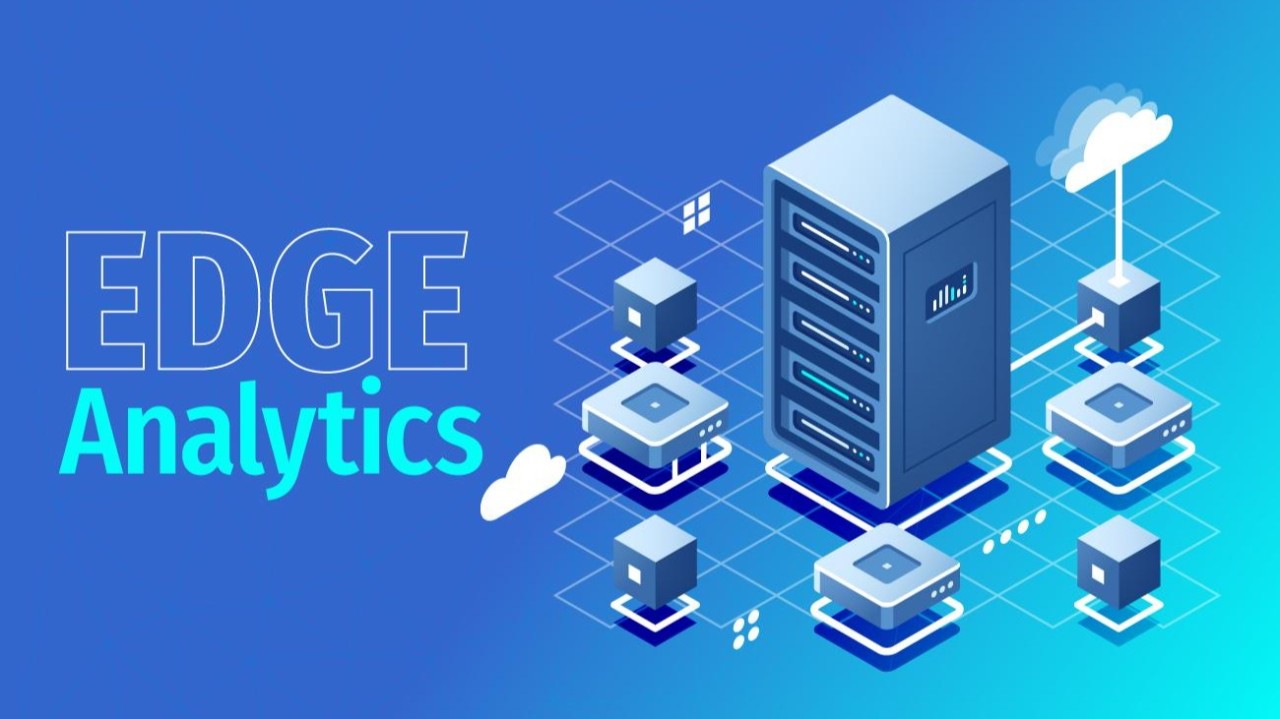In the rapidly evolving landscape of technology, edge devices are emerging as the new frontier of computing. These devices, which process data at or near the source of data generation, are reshaping how we interact with technology and manage information. From smartphones and smart home devices to industrial sensors and autonomous vehicles, edge devices are becoming ubiquitous in our daily lives and across industries.
The Potential of Edge Computing
The potential of edge devices is vast and multifaceted. By bringing computational power closer to the data source, edge computing offers several significant advantages and by that unlocks new exciting use-cases. Here are part of the advantages that edge devices enable:
- Reduced Latency: By processing data locally, edge devices can provide near-instantaneous responses, critical for applications like autonomous driving or virtual reality.
- Bandwidth Efficiency: Only relevant data is sent to the cloud, reducing network congestion and costs associated with data transfer.
- Enhanced Privacy and Security: Sensitive data can be processed locally, minimizing the risk of breaches during transmission.
- Improved Reliability: Edge devices can continue to function even when cloud connectivity is compromised, ensuring uninterrupted service.
- Real-time Analytics: Local processing enables immediate insights and actions, crucial for time-sensitive applications.
Why It’s Happening Today
Several factors are driving the adoption of edge computing:
- The proliferation of IoT Devices and wideband networks such as 5G realized a new type of use-cases in which devices can be connected, monitored, and controlled remotely with minimal latency.
- On the Software side, AI and Machine Learning were improved substantially. No more heavy-duty, expensive servers are needed to run those algorithms but affordable yet powerful processors that are designed specifically for that. This enables the execution of real-time analytics, and decision-making processes that can be done locally on edge devices.
- In addition, the cost of goods & services were reduced and now can be presented the mass market in addition to premium users. More and more companies can suggest an edge computing solution stack (i.e. the relevant computing processor embedded with a software application) in just about a few tens of dollars per unit, making it scalable and therefore commercially viable. Connecting to the cloud can release even more interesting business models for companies that were used to generate revenues from a one-time sale and now can enjoy recurring revenues from ongoing services.
- In addition to the above privacy regulations, such as GDPR, push organizations to process data closer to its source. Edge computing enables processing data on the edge and by that sends and stores only anonymized data.
Blocking Points
Despite its potential, edge computing faces several challenges, some of them are presented below:
- Edge devices often operate on limited power sources, making energy efficiency crucial. In addition, an edge device will typically have less computational power than cloud data centers.
- Security Vulnerabilities: Distributed systems present a larger attack surface for cybercriminals.
- Standardization: Lack of universal standards can hinder interoperability between different edge platforms.
- Management Complexity: Maintaining and updating a distributed network of edge devices can be challenging.
- Data Consistency: Ensuring data consistency across edge devices and the cloud can be complex.
The Future of Edge Devices
As technology continues to advance, we can expect several developments in edge computing, part of them already happening:
- AI-Powered Chips: Specialized hardware designed for AI and machine learning tasks at the edge will become more prevalent.
- Edge-Cloud Convergence: Hybrid solutions that seamlessly integrate edge and cloud computing will emerge, offering the best of both worlds.
- Improved Energy Efficiency: Advances in battery technology and low-power computing will extend the capabilities of edge devices.
- Enhanced Security Measures: New protocols and technologies will be developed to address the unique security challenges of edge computing.
- 5G and Beyond: The continued evolution of wireless networks will further empower edge devices with faster speeds and lower latencies.
- Edge AI: More sophisticated AI models will run directly on edge devices, enabling advanced analytics and decision-making without cloud dependence.
- Industry-Specific Solutions: Tailored edge computing solutions will emerge for various sectors, from healthcare to manufacturing.
As edge computing continues to mature, it will enable a new wave of innovations. Smart cities will become more efficient, with real-time traffic management and environmental monitoring. Industries will see improved productivity through predictive maintenance and optimized operations. In our homes, edge devices will create more responsive and personalized environments.
The journey towards widespread edge computing adoption is not without challenges. However, the potential benefits in terms of speed, efficiency, and new capabilities make it a compelling frontier in the world of technology. As we move forward, the line between edge and cloud will blur, creating a more distributed, responsive, and intelligent computing ecosystem that will underpin the next generation of technological advancements.
Do you want to explore more the opportunities hidden in this domain? Contact us for further information.




